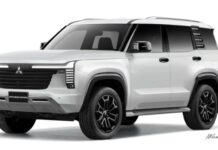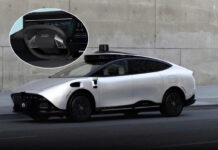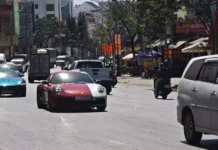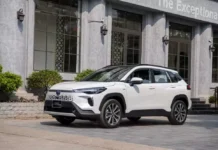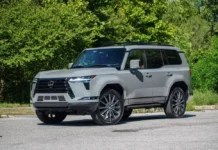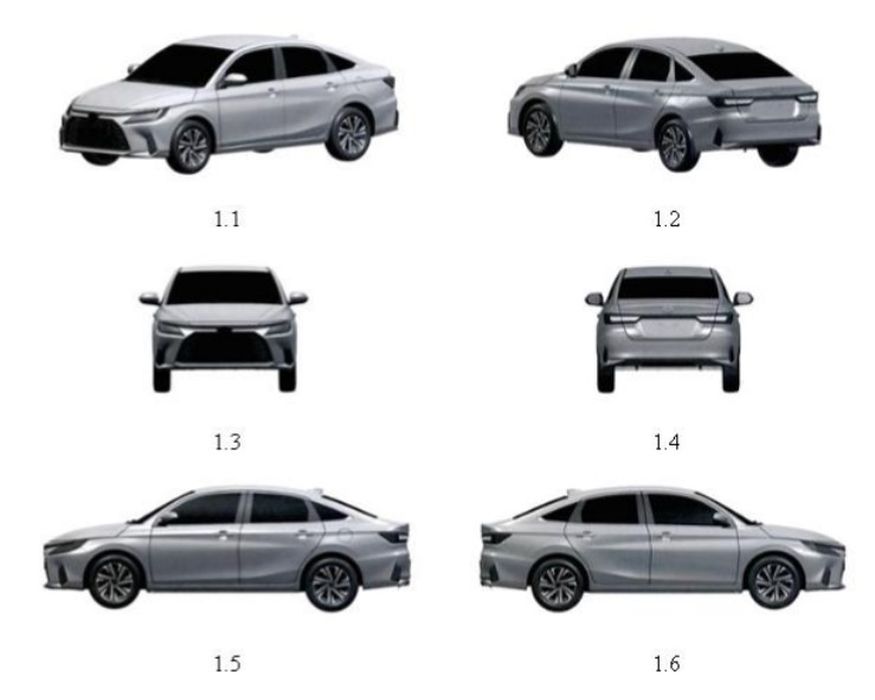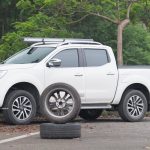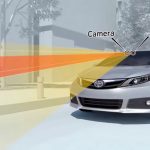According to the latest edition of the Industrial Property Gazette, released by the Intellectual Property Office, Daihatsu, a subsidiary of the Toyota group, has obtained industrial design protection in Vietnam for their brand-new Toyota Vios model.
This news strongly suggests that the newest generation of the Vios will soon debut in our country, replacing the current facelifted version.
The fourth-generation Toyota Vios, created by Daihatsu, has already been introduced in multiple Southeast Asian nations, including Thailand, Laos, and Malaysia. Speculation of its arrival in Vietnam in 2022 has also been circulating. However, contrary to expectations, the recently launched Toyota Vios 2023, on May 10th, is only a minor upgrade with slight modifications to the car’s front and the addition of new features.
In April of this year, the fourth-generation Toyota Vios, developed by Daihatsu, was involved in a safety testing scandal with the ASEAN NCAP. This incident garnered criticism for both Daihatsu and Toyota as a parent company. The car was retested and still met safety standards, allowing it to remain on the market.
Built on the all-new Daihatsu New Global Platform (DNGA), the new generation Toyota Vios has a longer wheelbase compared to its predecessor, resulting in a more spacious and comfortable interior.
The design of the new Toyota Vios generation has undergone a significant transformation when compared to its predecessor. The car’s front fascinates with its angular LED headlights and a large trapezoidal grille. With a sporty fastback style, the B-segment sedan projects a more horizontal appearance. The rear of the car stands out with a decorative strip along the edge of the trunk lid, connecting to the smaller and more angular taillights, giving it a robust and contemporary look.
Inside, the new Vios generation displays a minimalist and contemporary design, featuring a centrally positioned 8-9-inch touchscreen integrated with Apple CarPlay/Android Auto compatibility. Additionally, the car is equipped with various high-end interior features that go beyond its segment, including an electronic parking brake, adjustable 64-color LED ambient lighting, a smart Start/Stop system, push-button start, and a smart key.
The new Vios also incorporates the Toyota Safety Sense safety technology package. With the top-end version, the car includes intelligent safety functions such as pre-collision warning, lane departure warning, forward vehicle movement warning, pedal misoperation protection, adaptive cruise control, blind spot warning, reverse cross-traffic warning, rear/front view cameras, and a panoramic view camera.
Powering the new generation Toyota Vios is a 1.2L 4-cylinder gasoline engine, producing 94 horsepower at 6,000 rpm and a torque of 110 Nm at 4,400 rpm. The engine is paired with a Super CVT-I continuously variable transmission and front-wheel drive.
Thai Son (Tuoitrethudo) – Photos: Ipvietnam, Autolife Thailand.



